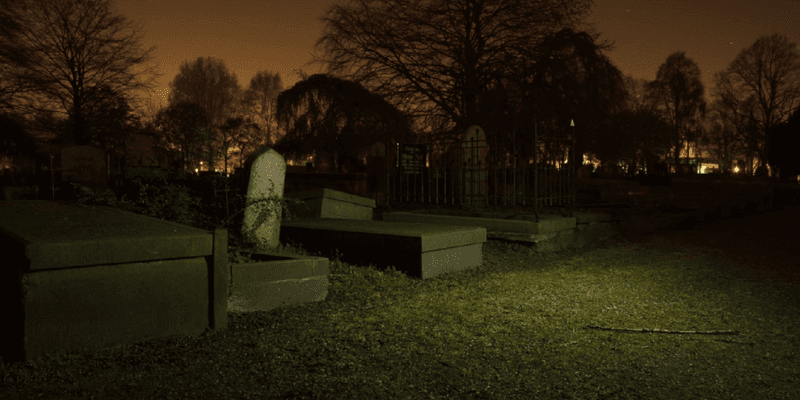Dublin’s Ghostly Lore
Because of Dublin’s high amount of unfortunate passings and calamitous history, there are a number of spirits that have not been able to move on from the buildings throughout Dublin. From captured Irish rebels to historic academics to… a dog? Dublin is a haven of spine-chilling spectres. And I mean, Halloween did originate here, it makes sense.
1. Kilmainham Gaol:
Kilmainham Gaol is an infamous Irish prison, known for housing thousands of ordinary prisoners along with notable political figures in the Irish fight for independence. Out of those prisoners, many of them were executed either by public hanging or by firing squad, which many believe could be the reason for Kilmainham’s paranormal residents. Some of the incidents which caused the suspicions of the prison being haunted are the sounds of cell doors slamming shut, flickering lights, eerie feelings of being watched/being pushed, as well as unexplained cold spots throughout the prison.

2. Trinity College:
For any of those who weren’t aware, Trinity College was once an Augustinian monastic foundation that was founded in 1166 by Diarmait Mac Murchada (who later became the King of Leinster), before being demolished in 1539 as a part of King Henry VIII’s dissolution of of the Monasteries throughout England, Ireland and Wales. It was then re-built and repurposed by Queen Elizabeth I and was founded as Trinity College in 1592.
Given the very turbulent history of the grounds of Trinity, we don’t think it’s farfetched to say that ghosts may reside here. One of the most plausible ghosts of the college is Archbishop Narcissus Marsh, who was the 13th of the iconic college. Reports say he can be seen rummaging through the books in his library or pacing the grounds, looking out at the school he once supervised. But Archbishop Marsh is not the only spirit that calls Trinity home, Edward Ford was a former pupil of Trinity College and once resided on it’s grounds, one night, Edward was awoken by a group of inebriated students throwing rocks at his window (he had given out to them earlier), and so he grabbed his pistol and shot at the group, missing all of them, before being struck in the returning fire and passing away.

3. St. Patrick’s Cathedral:
St. Patrick’s Cathedral was founded in 1191 by John Comyn. It is said to be haunted by several spirits, but the most notable are Jonathan Swift and Captain John McNeill Boyd’s dog.
Captain John McNeill had a very loyal Newfoundland dog, when he passed away in an attempted sea rescue, his dog stayed by his grave on St. Patrick’s Cathedral’s grounds until he unfortunately starved. The other phantom, Jonathan Swift was an Anglo-Irish writer and author who wrote the famous book Gulliver’s Travels, he was also the dean of St. Patrick’s Cathedral from 1713 to his tragic death in 1745. He passed away from what doctors now believe is Ménière’s disease, wherein he would experience extreme levels of vertigo and giddiness, which at the time led many to believe he had gone crazy. He founded St. Patrick’s Hospital which was the first mental health hospital in Ireland. He is said to walk around the cathedral as well as looking at his wife’s skull in Archbishop Marsh’s Library.

Conclusion and Reflection
So there it is, from a College dean with unfinished business to, of course, a poor dog whose only illness was loyalty. If any of these spots or stories are interesting to you, we highly recommend visiting their residences.



